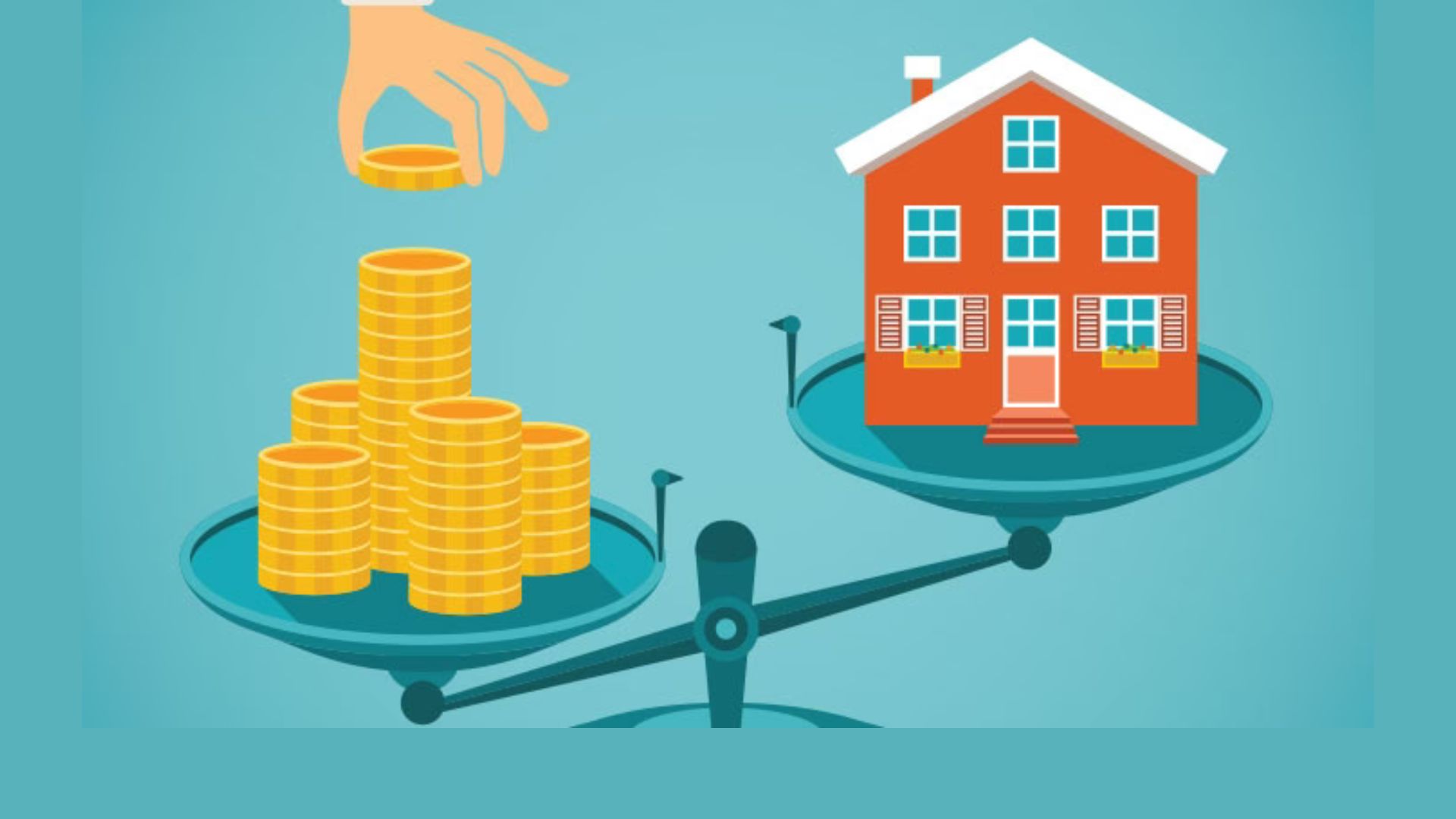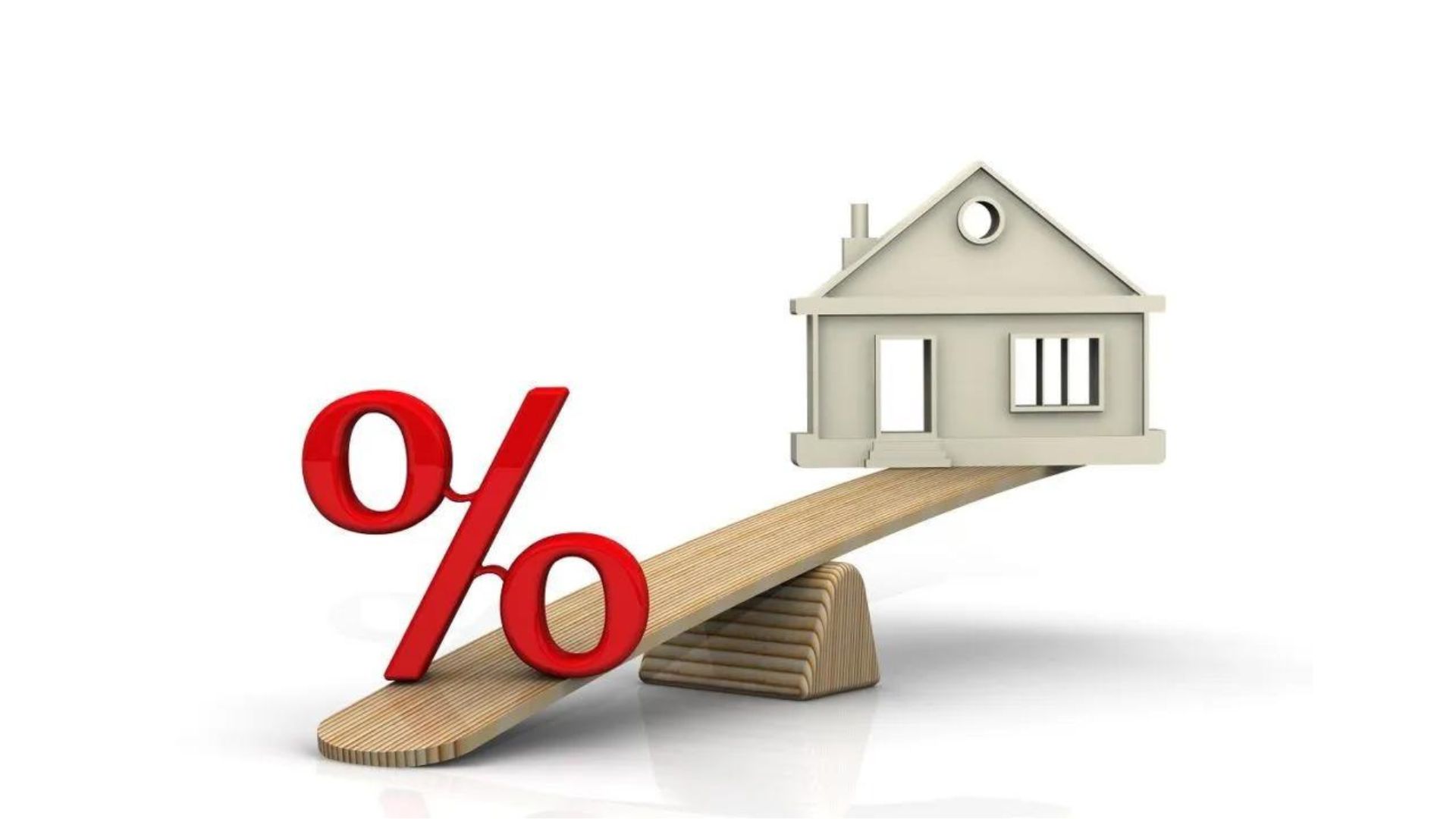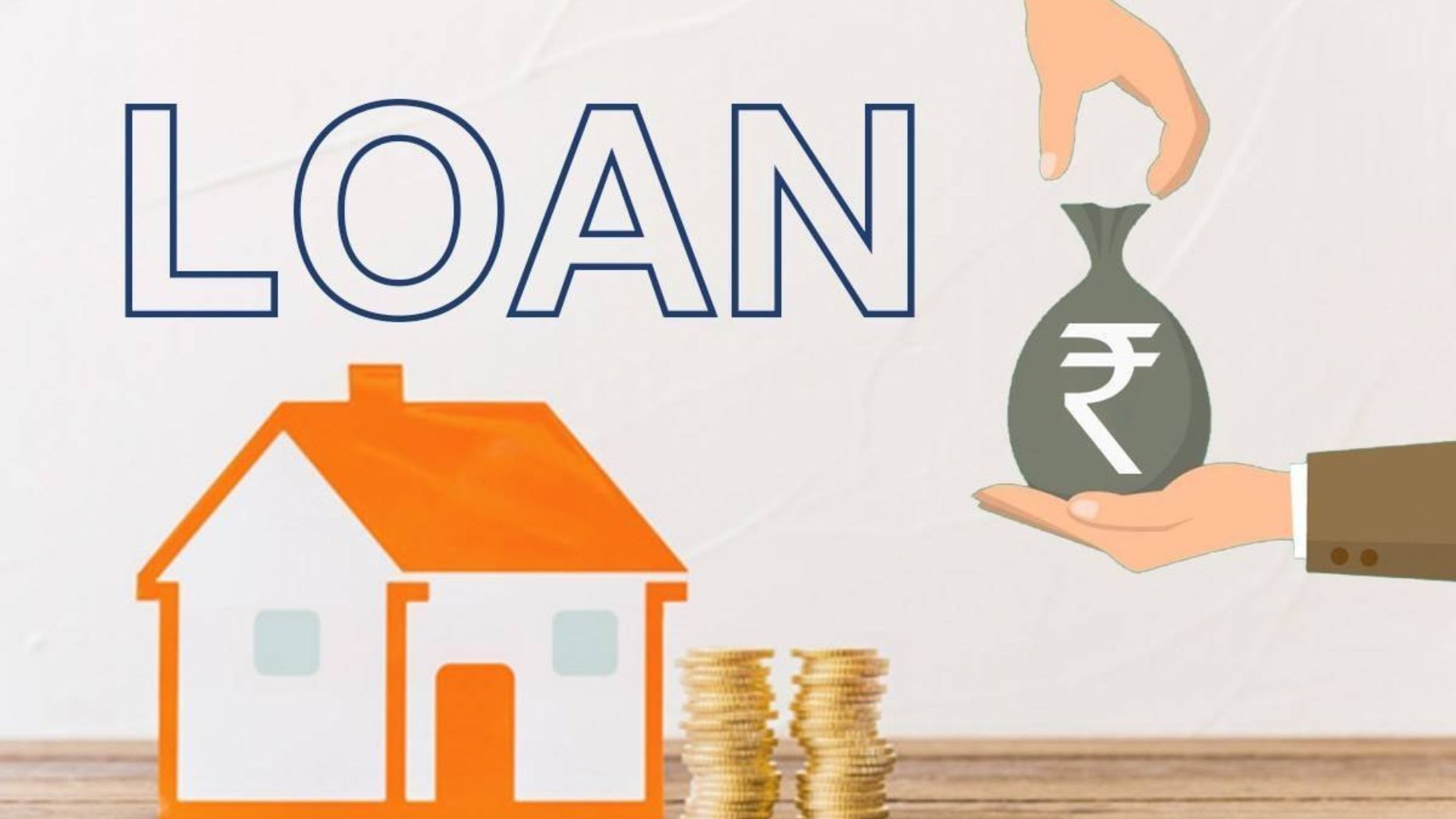What Is Loan To Value Ratio?
The loan-to-value (LTV) ratio is a financial metric used by lenders to assess the risk of a loan, particularly in the context of mortgage loans. It is calculated by dividing the amount of the loan by the appraised value of the property being financed. The resulting ratio is expressed as a percentage.

Morgan Barrons
Jan 25, 2024
It is essential to pay attention to the figures while applying for a mortgage. It is, therefore, essential to have a complete comprehension of everything, which is only sometimes a simple task when one is attempting to grasp the jargon and acronyms that are used in the sector.
LTV, which stands for "loan-to-value ratio," is one of these words. If you are looking for a house loan, the loan-to-value ratio (LTV) can have a significant impact on the type of mortgage you are qualified for, the interest rate on your loan, and the fees that you are required to pay.
This article delves into the core of what is Loan to Value Ratio? Unraveling its intricacies and exploring its profound implications on borrowers, lenders, and the broader financial landscape.
What Is The Loan-To-Value (LTV) Ratio?
The loan-to-value ratio is a straightforward calculation that expresses how much finance was utilized compared to the assets worth purchasing an item. Additionally, it displays the amount of equity or how much money would remain after the borrower sells the house and settles the loan on the property against which they are borrowing.
LTV is the borrower's down payment multiplied by two. A borrower with a 20% down payment, for instance, has an 80% loan-to-value ratio. LTV is significant because, for Fannie Mae and Freddie Mac loans, for example, lenders are only able to accept loans up to a specific ratio of 80%.
You could only get authorized for a loan if your LTV is lowered. Alternatively, you might need to get mortgage insurance, which shields your lender from having to foreclose if you don't make payments on your loan.
Methods For Calculating LTV
Simply determining the entire amount of money that has been borrowed against an asset is all that is required to compute your loan-to-value ratio. After that, divide that sum by the worth of the property that is being financed, which is the assessed value.
Mathematically, the formula for calculating the LTV ratio is:
LTV= (Loan Amount/Appraised Value of the Property)×100
Lenders use the LTV ratio as a significant risk assessment tool because it reflects the level of equity the borrower has in the property. A higher LTV ratio indicates a higher risk for the lender, as the borrower has less equity at stake. Lower LTV ratios, on the other hand, suggest that the borrower has a larger equity stake in the property, which can be seen as a positive factor in terms of loan risk.
In general, lenders often have maximum LTV ratio limits, and exceeding these limits may result in higher interest rates or the requirement for additional mortgage insurance to mitigate the increased risk for the lender.
Furthermore, it is essential to bear in mind that the loan amount may include some charges that lenders let borrowers finance rather than paying in full at the time of closing.
For instance, loan document preparation and filing fees are examples of expenses that may be included in the loan amount. However, those expenditures do not contribute to the worth of the property; hence, they raise your loan-to-value ratio.
How Do Lenders Use LTV?
When evaluating a candidate's eligibility for a mortgage, home equity loan, or credit line, an LTV ratio is just one consideration. On the other hand, it might have a significant impact on the interest rate that a borrower can get.
When a borrower's loan-to-value ratio is 80% or below, most lenders grant them the lowest interest rate. This applies to both mortgage and home equity applicants.
Borrowers may still be authorized for a mortgage despite having a higher LTV ratio; however, when the LTV ratio rises, loan interest rates may also. For instance, a borrower may be granted a mortgage if their loan-to-value ratio is 95%. Their interest rate, however, can be a whole percentage point more than the rate offered to a borrower with a 75% loan-to-value ratio.
A borrower may be obliged to acquire private mortgage insurance (PMI) if the loan-to-value ratio exceeds 80%. The yearly increase in the loan amount might range from 0.5% to 1% as a result.
For instance, on a $100,000 loan, PMI at a 1% rate would increase the total amount paid per year by $1,000, or $83.33 each month. Up until the LTV ratio reaches 80% or less, PMI payments are necessary. As you pay off your loan and your home's value rises over time, the LTV ratio will go down.
Generally speaking, there is a better possibility of loan approval and a lower likelihood of interest rate if the LTV ratio is smaller. Furthermore, there is a decreased likelihood that you, as a borrower, will need to have private mortgage insurance (PMI).
Although it is not required by law, almost all lenders follow this practice and demand an 80% loan-to-value ratio from borrowers in order to save them the extra expense of PMI. Borrowers with a substantial investment portfolio, little debt, or a high income may occasionally be exempt from this criterion.
What Is An Excellent Loan-To-Value Ratio?
The conventional wisdom regarding a favorable loan-to-value ratio for a house loan is to strive for an LTV of 80% or below in order to avoid paying PMI. That usually accompanies putting down 20% or more of the buying price when you buy a house.
By using this strategy, you can obtain a reduced mortgage interest rate, which results in savings of thousands of dollars for your house loan. Even more money might be saved by avoiding PMI.
Nevertheless, many homeowners need help to make the 20% down payment. The National Association of Realtors states that first-time homebuyers often put down only 6% to 7% of the purchasing price. You may need more than just a 20% down payment saved up because property prices rise annually.
You may take out a mortgage with a more excellent loan-to-value ratio and make a lesser down payment if you're ready to buy a home right away. You may start accumulating equity sooner and benefit in the long term by doing so, even if you have to pay PMI and receive a higher interest rate. In the future, you may renegotiate your mortgage, ideally to a lower interest rate.
How To Lower Your LTV?
Increasing your down payment on a house purchase is one method to reduce your LTV. Your LTV would be 97.5%, for instance, if you were to borrow $400,000 and put down $10,000. For a conventional loan, you cannot be approved with an LTV greater than 97%. Thus, in order to raise your LTV to 97%, you would need to deposit a minimum of $12,000.
Selecting a less costly house is another strategy to reduce your LTV when purchasing a home. An LTV of less than 97% would result from a $10,000 down payment on a $300,000 home as opposed to a $400,000 one.
Your LTV will decrease if you pay down the principal amount of your loan. Additionally, your LTV will decrease as the value of your house rises.
LTV Vs. CLTV
Because they only evaluate one mortgage debt against the value of your home, LTV ratios may also be constrained. In place of a second mortgage, a lender could consider your combined loan-to-value (CLTV) ratio if you have a home equity loan or line of credit.
Any debts you've taken out against your house are taken into account by the CLTV ratio. Let's take an example where you have a $100,000 property, and you have taken out a $80,000 primary mortgage.
You also obtained a $10,000 home equity line of credit. Your CLTV would be 90% in this case, but your LTV ratio would be 80%. If you owe more than one loan on your house, lenders could take into account the more inclusive CLTV ratio.
Risk Of LTV
One of the principal risk variables that lenders consider when determining a borrower's eligibility for a mortgage is a loan to value. When making a loan, the risk of default is always the primary consideration, and the chance that a lender will bear a loss rises with declining equity.
As a result, the qualifying requirements for several mortgage programs are significantly stricter as the loan's LTV ratio rises. In order to safeguard themselves against buyer default, lenders of high loan-to-value ratios may mandate that borrowers purchase mortgage insurance, therefore raising the mortgage's overall cost.
Lower rates for lower-risk borrowers may be associated with low loan-to-income ratios (below 80%). Conversely, lenders may be able to consider higher-risk borrowers with low credit scores, a history of late mortgage payments, high debt-to-income ratios, large loan amounts or cash-out requirements, insufficient reserves, or no income.
On the other hand, if the LTV is more than 80%, the borrower may be eligible for a reduced interest rate if there are requirements for mortgage insurance. Borrowers who have a good mortgage history and higher credit scores are often eligible for more excellent loan-to-value ratios.
Financing up to 100% LTV, or full financing, is only available to the best-credit candidates. Underwater mortgages are loans having a loan-to-value ratio of more than 100%.
Frequently Asked Questions
Why Is The LTV Ratio Important In Lending?
The LTV Ratio is crucial in assessing risk for lenders; it helps determine the borrower's equity stake and influences loan approval and interest rates.
In What Financial Products Is The LTV Ratio Commonly Used?
LTV Ratio is commonly used in mortgages, auto loans, personal loans, and other credit facilities.
How Does The LTV Ratio Impact Loan Approval?
A lower LTV Ratio generally increases the likelihood of loan approval as it signifies a higher equity stake and lower risk for the lender.
Conclusion
The loan-to-value (LTV) Ratio stands as a linchpin in the financial landscape, intricately weaving together borrower equity, lender risk, and the approval dynamics of various loans. This metric, represented as a percentage, illuminates the delicate balance between the loan amount and the appraised value of assets.
Understanding the nuances of the LTV Ratio proves indispensable for borrowers navigating loans and mortgages, as well as for lenders in assessing risk. As we demystify its complexities and explore its far-reaching implications, it becomes evident that the LTV Ratio is a compass guiding sound financial decision-making in an ever-evolving economic terrain.


